ChatGPT explained – everything you need to know about the AI chatbot
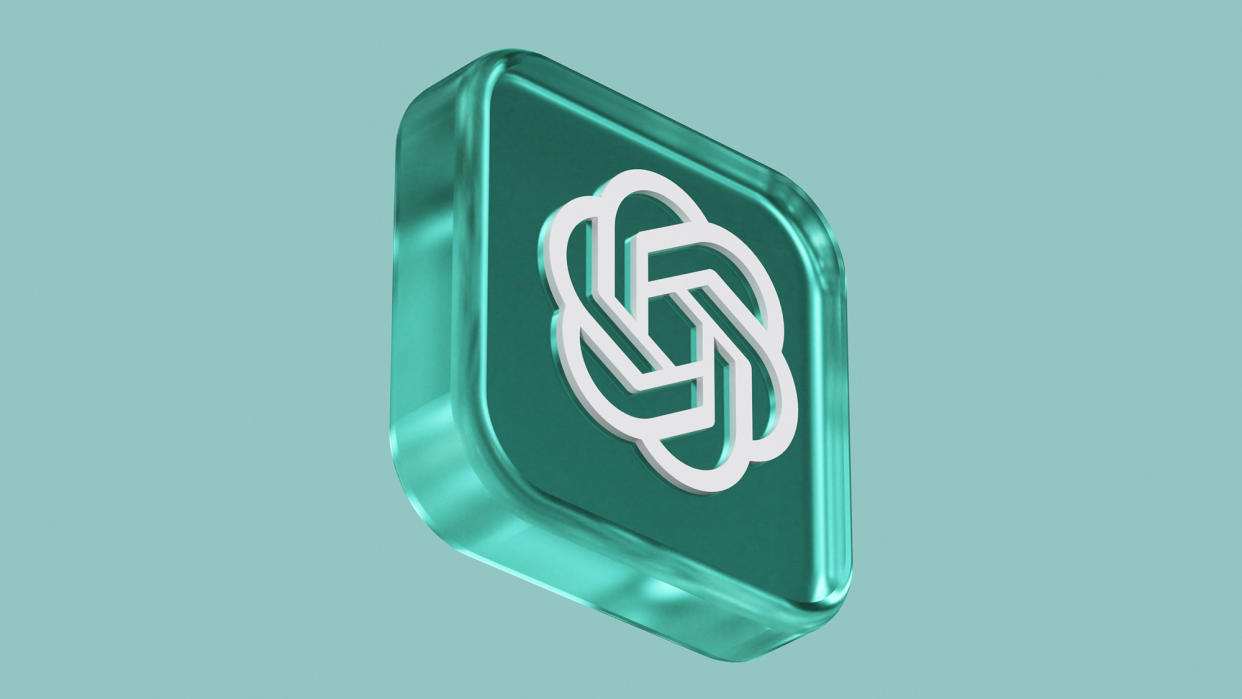
OpenAI's ChatGPT is leading the way in the generative AI revolution, quickly attracting millions of users, and promising to change the way we create and work. In many ways, this feels like another iPhone moment, as a new product makes a momentous difference to the technology landscape.
The AI bot, developed by OpenAI and based on a Large Language Model (or LLM), continues to grow in terms of its scope and its intelligence. Here we're going to cover everything you need to know about ChatGPT, from how it works, to whether or not it's worth you paying for the premium version.
If you're wondering what ChatGPT is, and what it can do for you, then you're in exactly the right place. For those of you who are just getting started with the tech, we'd also recommend our ChatGPT for beginners guide, which introduces a few ways to get the most out of the software.
You'll have noticed that ChatGPT has sparked something of an AI arms race, with Microsoft building Copilot using similar technology, Google launching its own Google Gemini apps, social media apps introducing AI chatbots of their own, and X (formerly Twitter) getting in on the act too.
What is ChatGPT?
ChatGPT is an AI chatbot that was initially built on a family of Large Language Models (or LLMs), collectively known as GPT-3. OpenAI has now announced that its next-gen GPT-4 models are available, models that can understand and generate human-like answers to text prompts, because they've been trained on huge amounts of data.
For example, ChatGPT's most original GPT-3.5 model was trained on 570GB of text data from the internet, which OpenAI says included books, articles, websites, and even social media. Because it's been trained on hundreds of billions of words, ChatGPT can create responses that make it seem like, in its own words, "a friendly and intelligent robot".
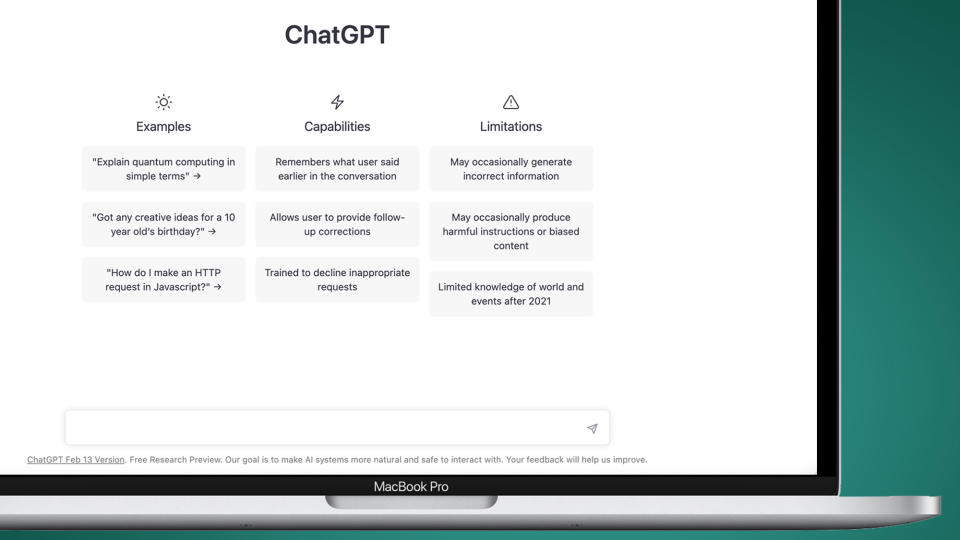
This ability to produce human-like, and frequently accurate, responses to a vast range of questions is why ChatGPT became the fastest-growing app of all time, reaching 100 million users in only two months. The fact that it can also generate essays, articles, and poetry has only added to its appeal (and controversy, in areas like education).
But early users have also revealed some of ChatGPT's limitations. OpenAI says that its responses "may be inaccurate, untruthful, and otherwise misleading at times". OpenAI CEO Sam Altman also admitted in December 2022 that the AI chatbot is "incredibly limited" and that "it's a mistake to be relying on it for anything important right now".
Still, the world is currently having a ball exploring ChatGPT and, despite the arrival of a paid ChatGPT Plus version for $20 (about £16 / AU$30) a month, you can still use it for free too.
What does ChatGPT stand for?
ChatGPT stands for "Chat Generative Pre-trained Transformer", which is a bit of a mouthful. Let's take a look at each of those words in turn.
The 'chat' naturally refers to the chatbot front-end that OpenAI has built for its GPT language model. The second and third words show that this model was created using 'generative pre-training', which means it's been trained on huge amounts of text data to predict the next word in a given sequence.
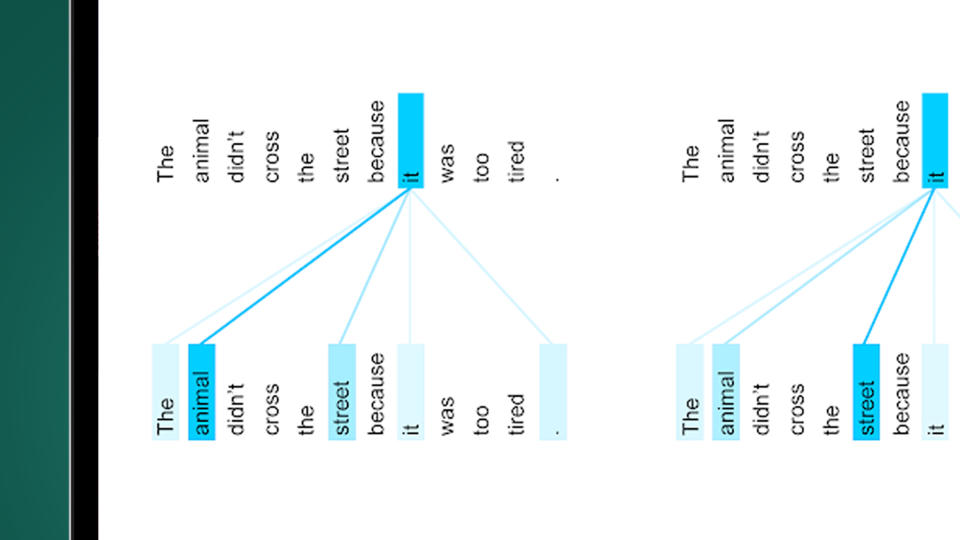
Lastly, there's the 'transformer' architecture, the type of neural network ChatGPT is based on. Interestingly, this transformer architecture was actually developed by Google researchers in 2017 and is particularly well-suited to natural language processing tasks, like answering questions or generating text.
Google was only too keen to point out its role in developing the technology during its announcement of Google Bard. But ChatGPT was the AI chatbot that took the concept mainstream, earning it another multi-billion investment from Microsoft, which said that it was as important as the invention of the PC and the internet.
When was ChatGPT released?
ChatGPT was released as a "research preview" on November 30, 2022. A blog post casually introduced the AI chatbot to the world, with OpenAI stating that "we’ve trained a model called ChatGPT which interacts in a conversational way".
The interface was, as it is now, a simple text box that allowed users to answer follow-up questions. OpenAI said that the dialog format, which you can now see in the Bing search engine and many other places, allows ChatGPT to "admit its mistakes, challenge incorrect premises, and reject inappropriate requests".
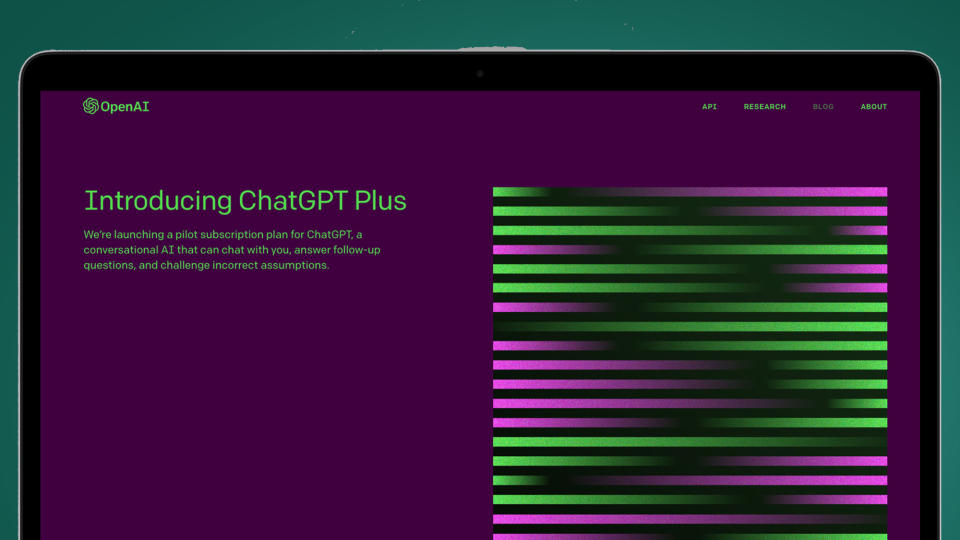
ChatGPT is based on a language model from the GPT-3.5 series, which OpenAI says finished its training in early 2022. A more advanced GPT-4 model is now available to ChatGPT Plus subscribers. OpenAI did also previously release earlier GPT models in limited form – its GPT-2 language model, for example, was announced in February 2019, but the company said it wouldn't release the fully-trained model "due to our concerns about malicious applications of the technology".
OpenAI also released a larger and more capable model, called GPT-3, in June 2020. But it was the full arrival of ChatGPT in November 2022 that saw the technology burst into the mainstream. Throughout the course of 2023, it got several significant updates too, of which more shortly.
How much does ChatGPT cost?
ChatGPT is still available to use for free, but now also has a paid tier. After growing rumors of a ChatGPT Professional tier, OpenAI said in February that it was introducing a "pilot subscription plan" called ChatGPT Plus in the US. A week later, it made the subscription tier available to the rest of the world.
ChatGPT Plus costs $20 p/month (around £16 / AU$30) and brings many benefits over the free tier. It promises to give you full access to ChatGPT even during peak times, which is when you'll otherwise frequently see "ChatGPT is at capacity right now” messages during down times.
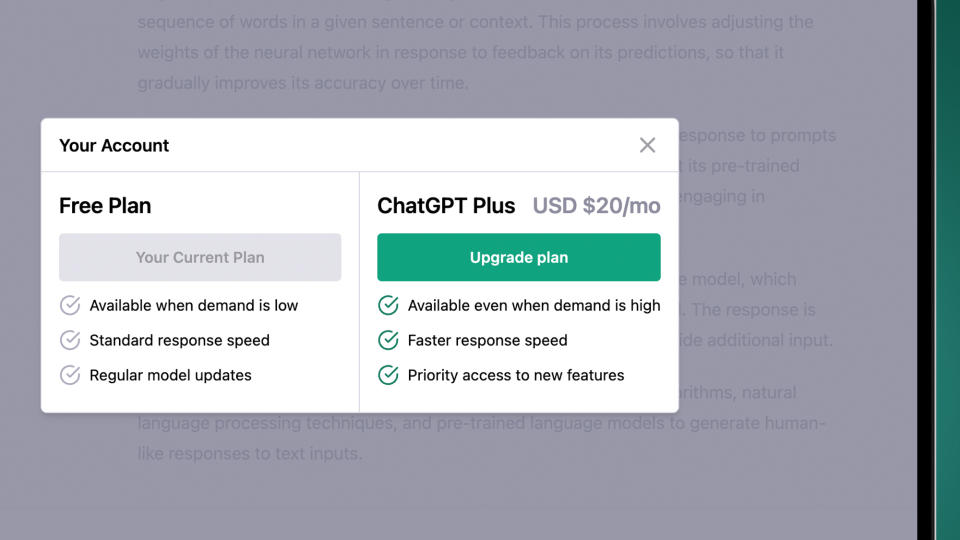
OpenAI says the ChatGPT Plus subscribers also get "faster response times", which means you should get answers around three times quicker than the free version (although this is no slouch). And the final benefit is "priority access to new features and improvements", like the experimental 'Turbo' mode that boosts response times even further.
It isn't clear how long OpenAI will keep its free ChatGPT tier, but the current signs are promising. The company says "we love our free users and will continue to offer free access to ChatGPT". Right now, the subscription is apparently helping to support free access to ChatGPT. Whether that's something that continues long-term is another matter.
It certainly seems that ChatGPT Plus has proved to be a popular option – new sign-ups were briefly paused in November 2023 so that OpenAI could cope with the increase in demand it was seeing.
How does ChatGPT work?
ChatGPT has been created with one main objective – to predict the next word in a sentence, based on what's typically happened in the gigabytes of text data that it's been trained on. It's sort of like a super-advanced autocorrect.
Once you give ChatGPT a question or prompt, it passes through the AI model and the chatbot produces a response based on the information you've given and how that fits into its vast amount of training data. It's during this training that ChatGPT has learned what word, or sequence of words, typically follows the last one in a given context.
For a long deep dive into this process, we recommend setting aside a few hours to read this blog post from Stephen Wolfram (creator of the Wolfram Alpha search engine), which goes under the bonnet of 'large language models' like ChatGPT to take a peek at their inner workings.
But the short answer? ChatGPT works thanks to a combination of deep learning algorithms, a dash of natural language processing, and a generous dollop of generative pre-training, which all combine to help it produce disarmingly human-like responses to text questions. Even if all it's ultimately been trained to do is fill in the next word, based on its experience of being the world's most voracious reader.
It does sometimes go a little bit crazy, and OpenAI has been honest about the 'hallucinations' that ChatGPT can have, and the problems inherent in these LLMs. Be wary of relying completely on anything ChatGPT says.
What can you use ChatGPT for?
ChatGPT has been trained on a vast amount of text covering a huge range of subjects, so its possibilities are nearly endless. But in its early days, users have discovered several particularly useful ways to use the AI helper.
Broadly speaking, these can be divided into natural language tasks and coding assistance. In our guide to six exciting ways to use ChatGPT, we showed how you can use it for drafting letters, writing poetry, and creating (or adapting) fiction. That said, it does still have its limitations, as we found when ChatGPT showed us just how far it is from writing a blockbuster movie.
That hasn't stopped self-publishing authors from embracing the tech, though. With YouTube and Reddit forums packed with tutorials on how to write a novel using the AI tech, the Amazon Kindle store is already on the cusp of being overrun with ChatGPT-authored books.
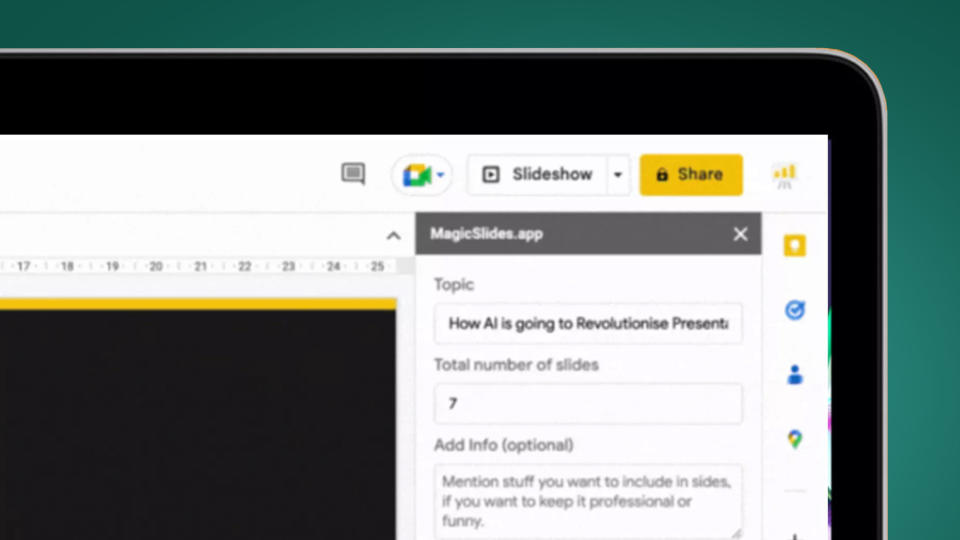
Other language-based tasks that ChatGPT enjoys are translations, helping you learn new languages (watch out, Duolingo), generating job descriptions, and creating meal plans. Just tell it the ingredients you have and the number of people you need to serve, and it'll rustle up some impressive ideas.
But ChatGPT is also equally talented at coding and productivity tasks. For the former, its ability to create code from natural speech makes it a powerful ally for both new and experienced coders who either aren't familiar with a particular language or want to troubleshoot existing code. Unfortunately, there is also the potential for it to be misused to create malicious emails and malware.
If you look beyond the browser-based chat function to the API, ChatGPT's capabilities become even more exciting. We've learned how to use ChatGPT with Siri and overhaul Apple's voice assistant, which could well stand to threaten the tech giant's once market-leading assistive software.
We're also particularly looking forward to seeing it integrated with some of our favorite cloud software and the best productivity tools. There are several ways that ChatGPT could transform Microsoft Office, and someone has already made a nifty ChatGPT plug-in for Google Slides. Microsoft has also announced that the AI tech will be baked into Skype, where it'll be able to produce meeting summaries or make suggestions based on questions that pop up in your group chat.
Does ChatGPT have an app?
For a while, ChatGPT was only available through its web interface, but there are now official apps for Android and iOS that are free to download. The layout and features are similar to what you'll see on the web, but there are a few differences that you need to know about too.
One of the big features you get on mobile that you don't get on the web is the ability to hold a voice conversation with ChatGPT, just as you might with Google Assistant, Siri, or Alexa. Both free and paying users can use this feature in the mobile apps – just tap on the headphones icon next to the text input box.
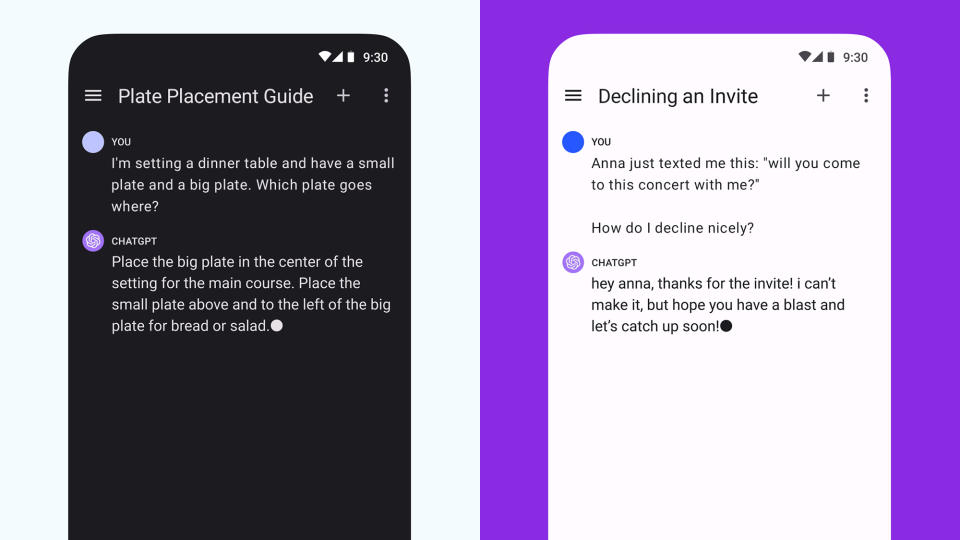
The arrival of a new ChatGPT API for businesses means we'll soon likely to see an explosion of apps that are built around the AI chatbot. In the pipeline are ChatGPT-powered app features from the likes of Shopify (and its Shop app) and Instacart. The dating app OKCupid has also started dabbling with in-app questions that have been created by OpenAI's chatbot.
What is ChatGPT 4?
On March 14, 2023, OpenAI announced that its next-gen language model, GPT-4, was available to developers and ChatGPT Plus subscribers – with Microsoft confirming that the new Bing is already running on GPT-4.
The big change from GPT-3.5 is that OpenAI's newest language model is multimodal, which means it can process both text and images. This means you can show it images and it will respond to them alongside a text prompt – an early example of this, noted by The New York Times, involved giving GPT-4 a photo of some fridge contents and asking what meals you could make from the ingredients.
Apps running on GPT-4, like ChatGPT, have an improved ability to understand context. The model can, for example, produce language that's more accurate and relevant to your prompt or query. GPT-4 is also a better multi-tasker than its predecessor, thanks to an increased capacity to perform several tasks simultaneously.
OpenAI also says that safety is a big focus of GPT-4, with OpenAI working for over six months to put it through a better monitoring framework and by alongside experts is a range of specialist fields, like medicine and geopolitics, to make sure its answers are both accurate and sensitive.
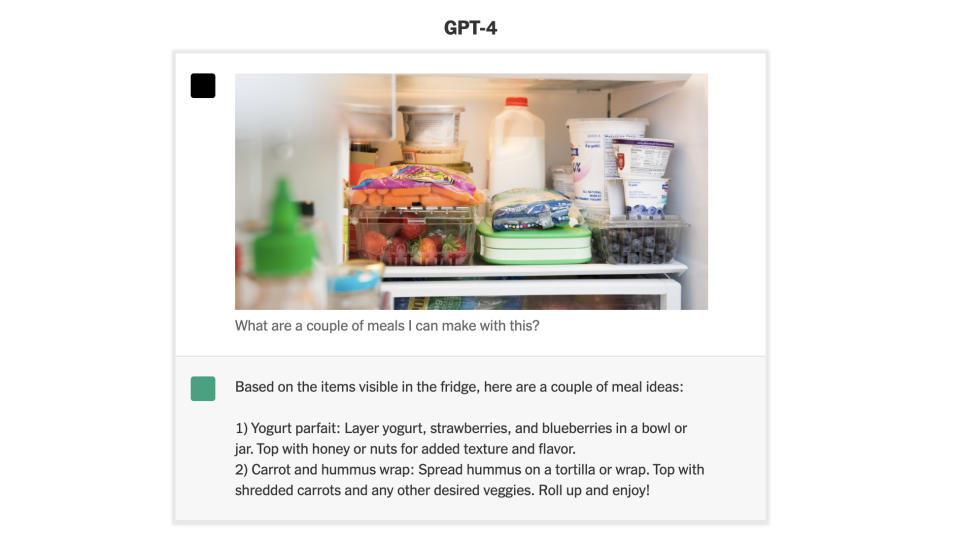
While GPT-4 isn't a revolutionary leap from GPT-3.5, it is another important step towards chatbots and AI-powered apps that stick closer to the facts and don't go haywire in the ways that we've seen in the recent past.
More recently – as well as some chaos at boardroom level – we've seen more upgrades for ChatGPT, particularly for Plus users. You can how get the chatbot to talk and produce images, and pictures can be used as prompts as well.
Another new feature is the ability for users to create their own custom bots, called GPTs. For example, you could create one bot to give you cooking advice, and another to generate ideas for your next screenplay, and another to explain complicated scientific concepts to you. There's even an app store of sorts for them too.
OpenAI has recently shown off its Sora video creation tool as well, which is capable of producing some rather mind-blowing video clips based on text prompts. Sora is still in a limited preview however, and it remains to be seen whether or not it will be rolled into part of the ChatGPT interface.

